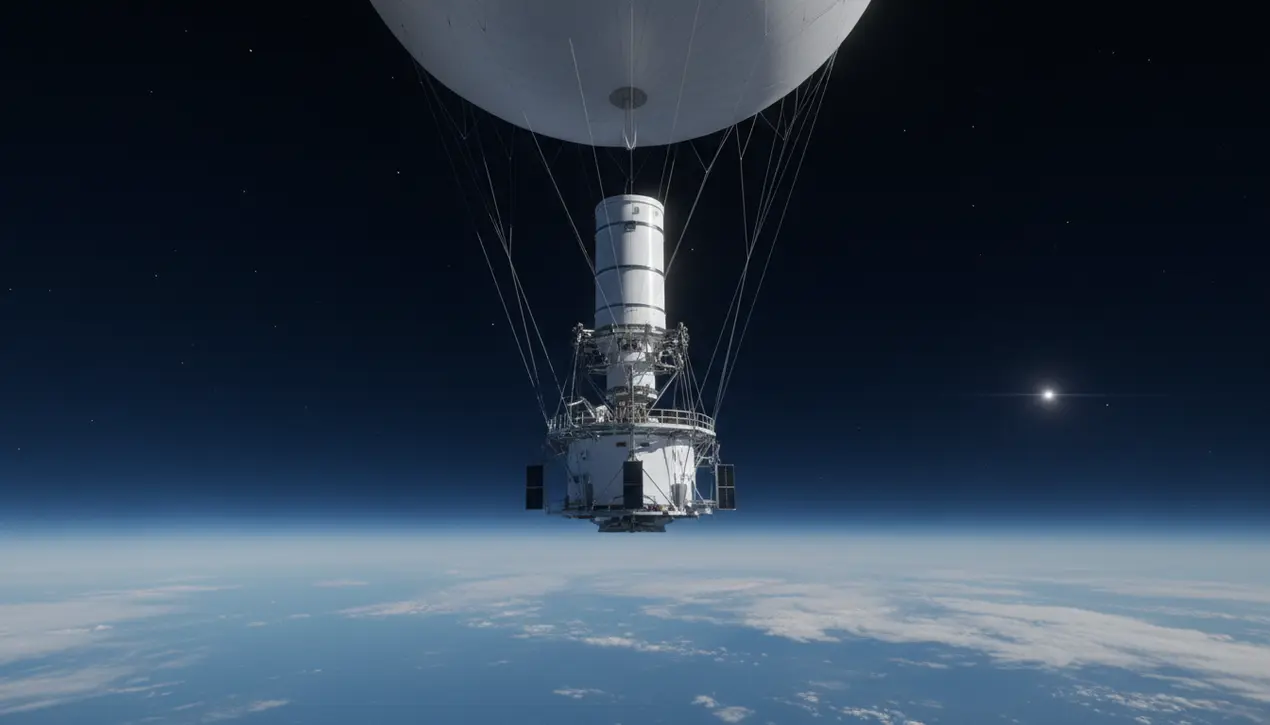
Sciencespace & astronomyBlack Holes and Galaxies
A high-altitude telescope just changed what we know about black holes
TH
Thomas Green
10 hours ago7 min read1 comments
In a mission that feels ripped from the pages of a sci-fi novel, a team of intrepid scientists has just peeled back another layer of the cosmic onion, using a high-altitude balloon to fly the XL-Calibur telescope into the thin, unforgiving upper atmosphere. Their target? The legendary Cygnus X-1, a binary system and one of the first black holes ever identified, acting as a celestial laboratory just 7,200 light-years away.By measuring the polarization of high-energy X-rays screaming from the superheated, chaotic material in its accretion disk, the team isn't just taking a picture; they're decoding the very geometry and magnetic fingerprints of spacetime's most violent neighborhood. Think of it like trying to understand the ferocious dynamics of a hurricane by analyzing not just the rain, but the angle and spin of every single drop.This isn't merely observation; it's a fundamental interrogation of physics at its most extreme, probing the region where matter, heated to millions of degrees, is spaghettified and vanishes beyond the event horizon, a point of no return that has captivated human imagination from Einstein to Hawking. The technical ballet required for this is staggering—the XL-Calibur, a technological marvel in itself, had to be stabilized with a precision that would make a watchmaker weep, all while dangling from a balloon floating at the edge of space to get a clean, unobstructed view above the pesky veil of Earth's atmosphere.And Cygnus X-1 wasn't the only star of the show; the team also successfully captured crucial data from the Crab pulsar, the spinning corpse of a supernova recorded by Chinese astronomers in 1054 AD, providing a fantastic calibration point and a testament to the instrument's versatile prowess. The 2024 mission itself was a cascade of breakthroughs, from enhanced pointing accuracy to more robust data transmission, each one a hard-won victory in the grueling campaign of high-altitude astrophysics.But this is merely the opening act. The ambition burns even brighter, with plans already in motion for another flight, this time launching from the pristine, isolated ice of Antarctica.This southern hemisphere vantage point will open up new swathes of the galactic center for investigation, potentially allowing us to peer at Sagittarius A*, the supermassive black hole at our galaxy's heart, with this powerful new polarimetric vision. Every data point gathered is a puzzle piece in our quest to reconcile Einstein's general relativity with the quantum realm, moving us incrementally closer to a unified theory of everything. It’s a stark reminder that the final frontier isn't just about rockets to Mars; it's about these bold, ingenious, and almost poetic missions that send our instruments on a breathless climb to the stars, bringing back whispers of secrets from the darkest and most powerful engines in the universe.
#featured
#black holes
#Cygnus X-1
#XL-Calibur telescope
#polarized X-rays
#Crab pulsar
#high-altitude balloon
#astrophysics
Stay Informed. Act Smarter.
Get weekly highlights, major headlines, and expert insights — then put your knowledge to work in our live prediction markets.
Related News
Comments
Loading comments...
© 2025 Outpoll Service LTD. All rights reserved.